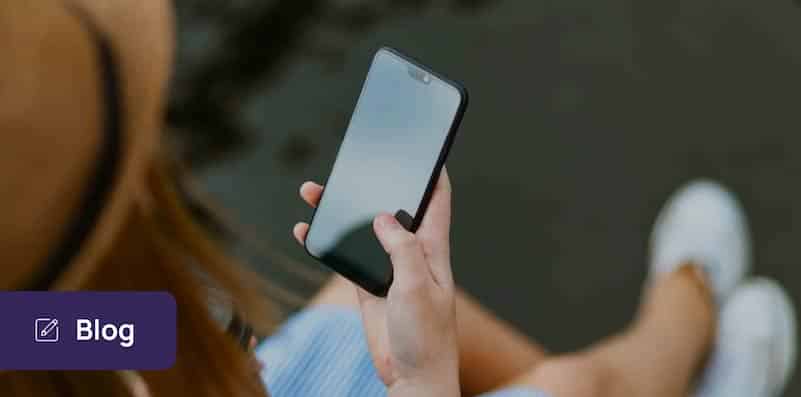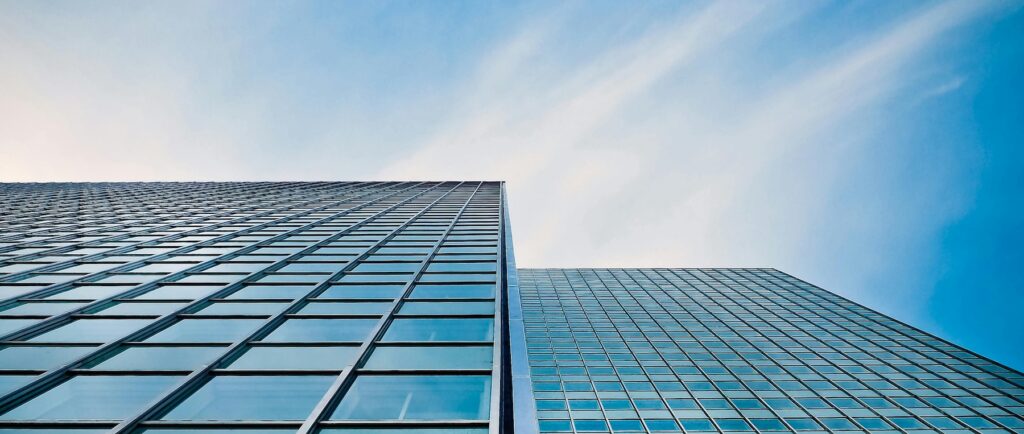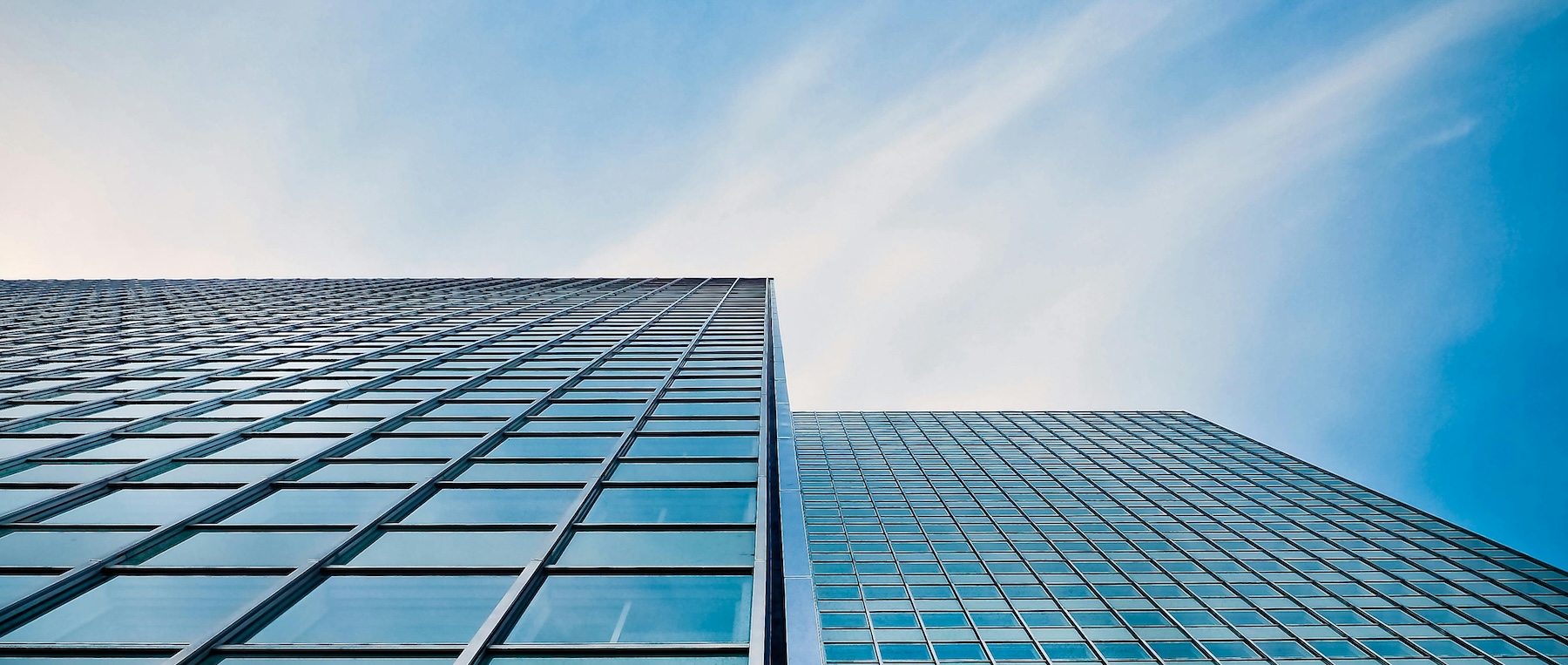Facial recognition software is technology that uses algorithms to identify and more importantly, verify a person’s identity based on their facial features. It’s commonly used in a wide range of use cases such as security and surveillance, law enforcement, access control, marketing and advertising, healthcare, education, entertainment, and many other sectors.
How does facial recognition work?
Facial recognition software works by scanning an image or video, or the liveness of an individual and checking those facial features to see if the two images belong to the same person. The way it knows whether the two images match is down to the analysis items such as the distance between the eyes, the shape of the nose and the general contours of the face. It will then compare these features to a database of known faces to determine a match.
The type of documents used can vary depending on the context and purpose of the application. For example, to prevent fraud and general identity verification, Government-issued IDs such as a passport, driver’s licence or national ID card will be used. In some workplaces employee badges may be used or at events on tickets to prevent ticket fraud. Some facial recognition technologies will use publicly available photos too from social media platforms such as Facebook and Instagram, to identify individuals and match them to their online profiles
Why does facial recognition need to be used in ID and verification?
Fraudsters are becoming more advanced, so businesses must keep up. Facial recognition provides an additional layer of security and accuracy to help prevent fraud and identity theft, which are common issues in traditional ID and verification methods. By using a person’s face as a biometric identifier it helps reduce the number of people being able to access secure areas or conduct illegal activities.
The unique physical characteristics of a person, such as their face, is very difficult to replicate or steal, whereas physical documents such as passports can be forged or stolen.
However, it is important to note that the use of facial recognition technology in ID and verification processes also raises significant privacy and ethical concerns for some, particularly in terms of potential bias and discrimination, as well as the risk of misuse or abuse of the technology. It is crucial to implement appropriate safeguards to protect individuals’ privacy and ensure that facial recognition technology is used in a responsible and ethical manner.
Is facial recognition accurate?
Generally, yes. The algorithms used in facial recognition technology have near perfect accuracy when used in ideal conditions. The success rate is extremely high when used in a controlled environment but may offer lower performance in real-world situations. Most failed attempts will usually come from user error following the on-screen instructions, however, to ensure a high success rate users can follow these steps:
- Clear and unobstructed images of their face so that all facial features are analysed
- Consistent lighting and position of the camera on their device
- Controlled backgrounds to give a clear picture
- Use a device with a high-quality camera and image resolution
- Try to use current documents that don’t show too much of an age gap which may make it difficult to match photos taken years earlier
What are the benefits of facial recognition software?
Improved security: improve security by identifying individuals who may pose a threat and preventing unauthorised access to secure areas.
Time-saving: automate various processes, such as identity verification, attendance tracking, and access control, which can save time and reduce administrative burdens.
Enhanced accuracy: provide a high level of accuracy in identifying individuals, which can be useful in client onboarding for financial services, law enforcement, security, and access control applications.
Personalisation: create personalised experiences, such as targeted marketing and advertising or customised user interfaces such as avatars.
Improved efficiency: improve operational efficiency in various industries, such as healthcare, by automating processes and reducing the need for manual intervention.
How does NorthRow use facial recognition technology?
NorthRow is a RegTech provider ensuring regulated businesses adhere to the latest compliance legislation. We use facial recognition software in our applications to identify and verify individuals to help prevent money laundering and financial crime. We do this by partnering with a globally recognised facial recognition provider, iProov who provide us with the latest AI and machine learning technologies to power liveness recognition that can identify if a photograph, video or mask is being used to attempt to spoof the biometric security system. It confirms whether the person exists and is a real human uploading the image and that they are the right person.
This facial recognition software is just one of the tools we use to validate digital identity and ensure quick and efficient client onboarding while reducing your risk. To discover more about how we validate identities using facial recognition, visit this webpage.








